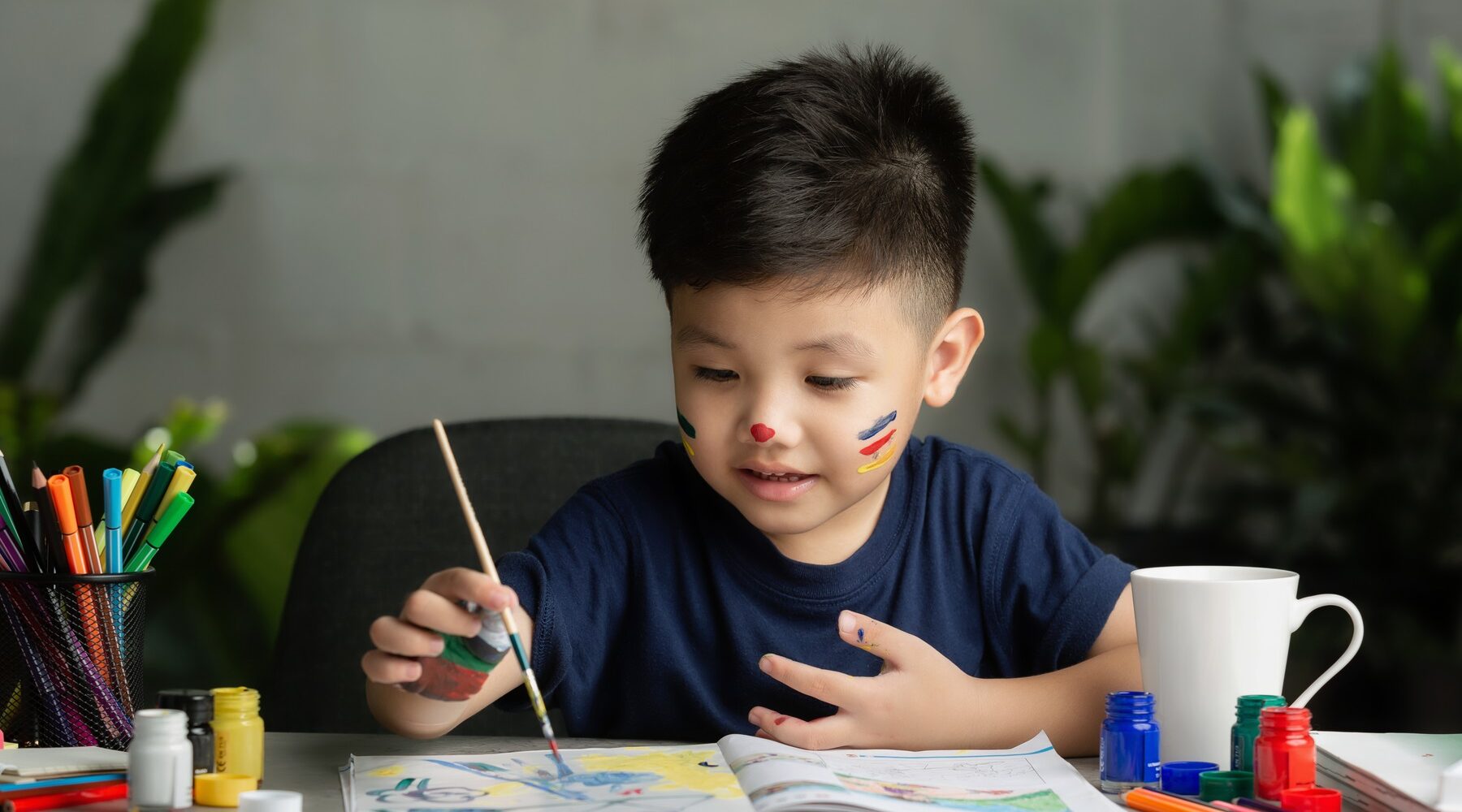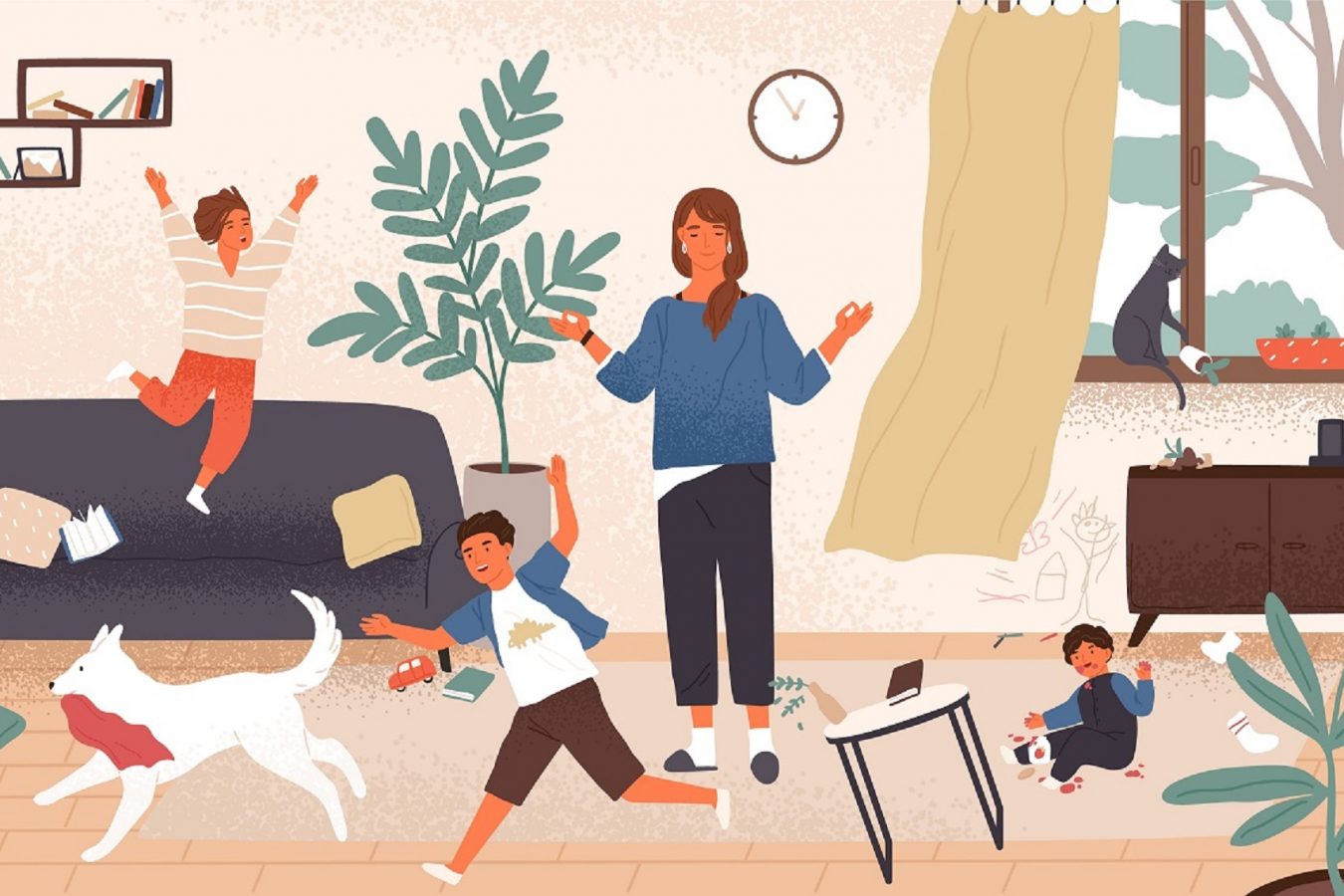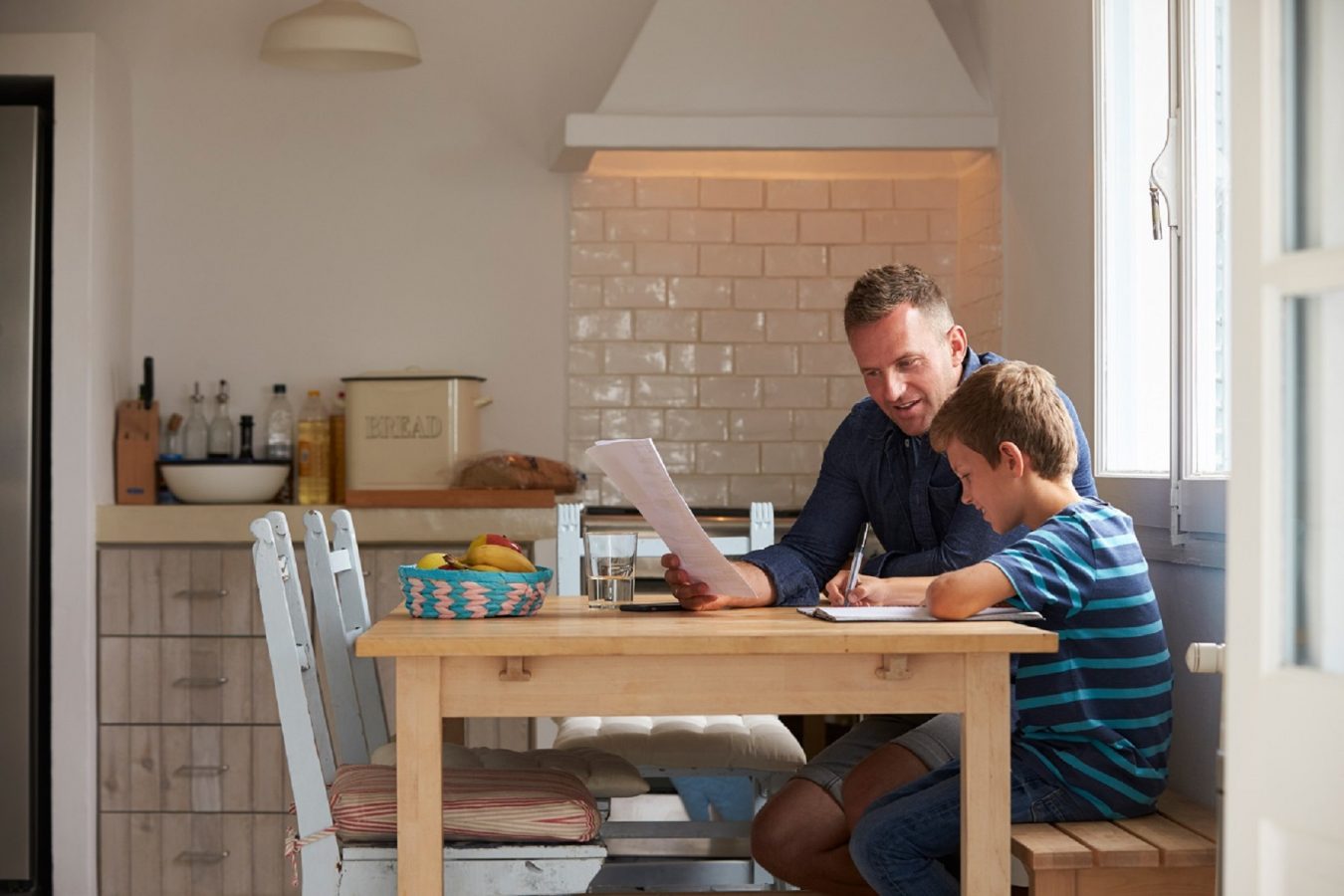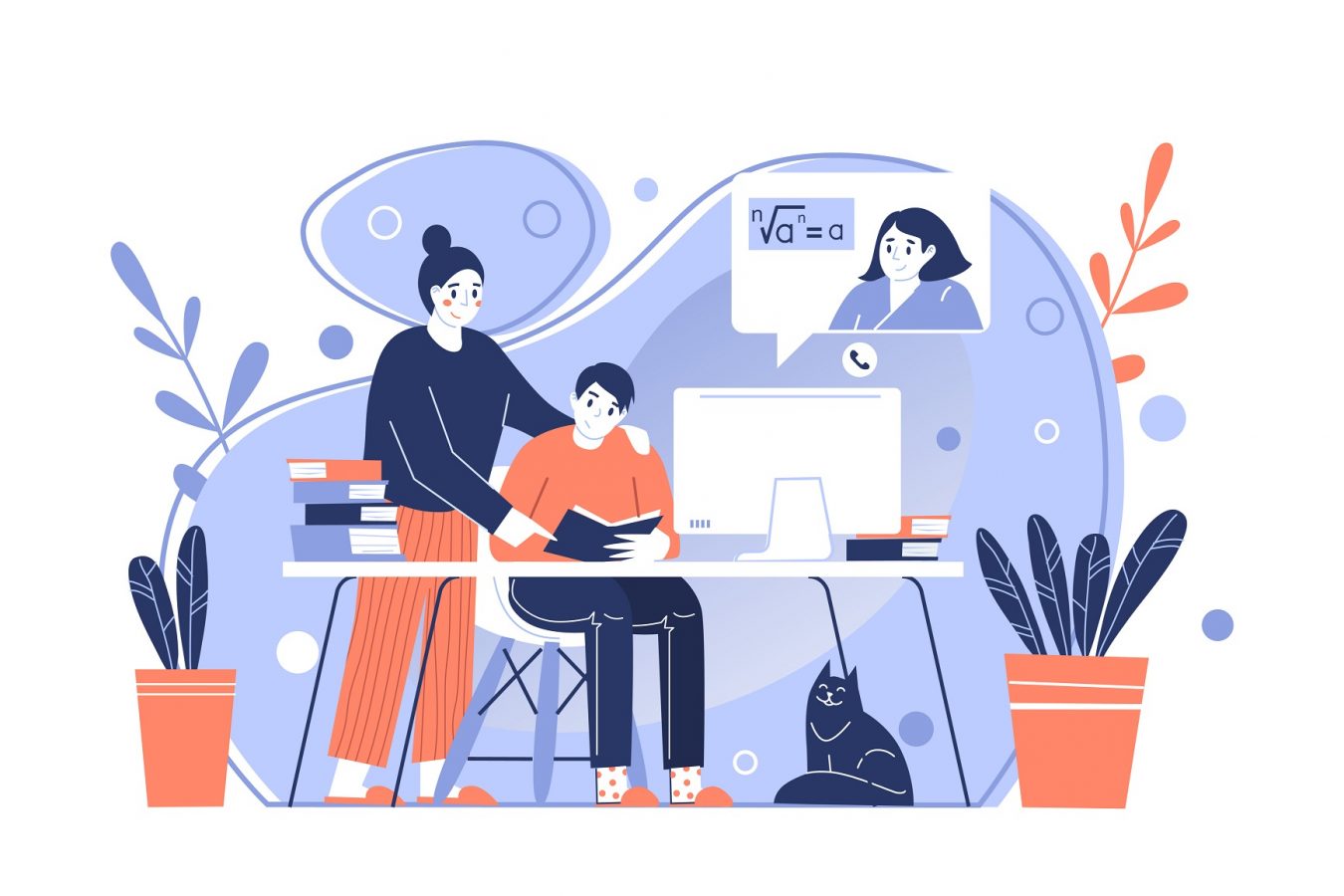
The most important thing is to keep your child’s routine as close to the daily routine offered within their early learning service, writes Helen Schiele.
What do we do when are at home with our little ones and they are missing their early childhood educational settings?
When making the decision to stay home or if you are required to remain at home due to service closure – make sure you have been able to have a conversation on how you and your child will communicate with their early childhood educator and or teacher.
A phone call, FaceTime, Zoom or video conversation for just a few minutes each day or at a negotiated time, will ensure your child remains, connected to their friends and their educator.
The most important thing is to keep your child’s routine as close to the daily routine offered within their early learning service. Weekends will still be family time as normal.
So, how to start the day?
Create a series of learning spaces for your child – pull out buckets, baskets and large bags that can store your child’s favourite treasures…blocks, cars, soft toys, puzzles or art materials. A small table can become an artist studio within your lounge room.
Breakfast done now … let’s go and embrace that day!
Pack a bag as normal – with your child’s favourite toy, change of clothes and a packed lunch. A picnic rug on the floor will always be great fun in sharing set meal times.
Welcome to the day
A typical day in early learning would include…
7:30-8:30 am Arrival – welcome to the learning space. Welcome your child to their special space for the day. Create a gallery walk showing them all the special areas you have created for them – or even better with them. What spaces would they like to have in their specially created learning space while at home?
8:30-10:00 am Activities, self- directed / independent learning time.
They encourage your child to remain the independent creative thinker they are within their early learning setting and gives you time to work from home.
10:00-10:30 am Packing up, getting ready for snack time – brain food – fruit, raw vegetables, healthy snacks keep the mind and body energized for the day…
Encourage your child to help you prepare morning tea, once their learning space is tidied. Establishing the process of tidying up as an enjoyable one, will ensure it will become less stressful for all.
Have a series of containers ready for storing away the toys and resources used in the morning. By ensuring the practice of ‘packing away’ you are enhancing your child’s mathematical language skills as you discuss and question what goes where. This will also support your child’s cooperative behaviour and add to the calm of the routine of the day.
Good hygiene at home, ensures your child continues their daily practices; take a photo or a film of them singing their favourite song as they wash their hands.
10:30- 11:30 am Supported learning activities / outdoor play…
Story time…Reading a book to your child or using a digital platform to have your child being read too all supports the learning of the day. We have listed a few sites at the end of this post that can safely be shared with your children, especially your youngest children at home.
11:30 -12:30 am Packing up – getting ready for lunch time.
Embrace the day – they say there is no such thing as bad weather – so dress for the day and share a meal outdoors in your garden or on your balcony.
12:30-1:00-ish Getting ready for a rest or nap time.
Quiet time is important for the mind and body. Prepare a darkened or softly lit room. Peaceful music or an audio book played in the background, shifts the tone and energy of the room. Thirty to 60 minutes of quiet time allows the mind to process the events of day and time just to be. Ensure after nap time any blankets and pillows are put away, so your child is ready for their next fun- filled and educational activity.
2.00-2:30 pm Activities – self-directed indoor / outdoor supervise. Encourage independent play, where possible.
2:30 pm Getting ready for afternoon tea – pack up again and sit and chat over your shared snacks. Afternoon activities are always a wonderful time to bake cookies for the next day or a cake to be shared with loved ones around the dinner table.
2:30 pm Time to revisit your learning spaces or to engage with a digital platform (remember the importance of balancing play, physical activity, social interactions and screen time).
4:30 pm Snack time – offer your child a piece of fruit just to keep the energy of the day going and the tummy rumbles away until dinner time.
5:30 – 6:00 pm Pack up ready for another day of learning tomorrow.
Home Routine – just as any other day
Create a roster for all those at home who may be able to support and guide your child’s engagement within a specific activity. This could even be with an older sibling.
If it’s you and your child, show them a clock, draw a picture of the clock (digital or analog) showing them the time, when you will play with them. This will support them in navigating the difference between their time with you and your time at work.
Children know how to operate within boundaries. It will hopefully mean that you are able to work from home as well as supporting your child’s learning.
Routines are patterns of behaviour that once learned become incorporated automatically into the daily life. They will:
- Enable your child to anticipate what happens next and gives them a great deal of control and security over what they will do during each part of their day.
- Develop independence and decision making.
- Reducing possible conflict.
- Support appropriate behaviour and a sense of independence.
Links and Resources
Government resources
StartingBlocks, which provides information for parents about early childhood education and care. You’ll find material on:
- Activities you can do at home
- Talking and reading with babies
- Reading with toddlers
- Reading preschoolers
- Hygiene at home.
The Victorian Department of Education and Training parents and carers section has for useful insights for parental engagement.
Learning tools
The Cultural Institute’s Art Project is a unique collaboration with some of the world’s most acclaimed art institutions to enable people to discover and view artworks on line.
ABC Kids, with apps, things to make and your children’s favourite TV shows.
YouTube Kids, which can be downloaded via the App Store. Alternatively, you may wish to create a series of stories for your child to share with digitally – there a are number of beautiful children’s stories read on YouTube.
Creating a digital library
To ensure that digital resources such as YouTube are shared with your child in a safe manner, please use the following steps in creating a QR code:
Download a QR code scanner on your device that you are willing to share with your child, then…
- Open YouTube and search for children’s pictures.
- Source a story online you would like to share e.g. The Lorax.
- Copy the URL from YouTube and then paste this into Safe YouTube.
- From here you will be given a new URL.
- Copy the new URL and paste this into the QR Code Generator
- Copy the QR Code onto a Word doc, add a picture of the book next to the QR and print out the code if you can.
- If you don’t have access to a printer, create a Word file where you can store your Word docs that you can share with your child.
- You can create multiple QR Codes and share these with your child giving them access to a digital library.
Remember that when possible, reading to your child is always the best alternative.
And knowing that sitting outdoors, music, family, reading, singing, chatting, laughing and playing have not been cancelled at home. For you, your child, your family are each other’s strength in these unprecedented times and our love for another will always brighten the day. If your child is feeling anxious the UNICEF website has a number of resources and tips in sharing with your child what is happening in their world. Also see below for other resources on The Parents’ Website.
Remember, keep the routine…
Helen Schiele is a Principal Consultant and early years specialist at ISV.
Like this post? Please share using the buttons located on this page.
Subscribe


